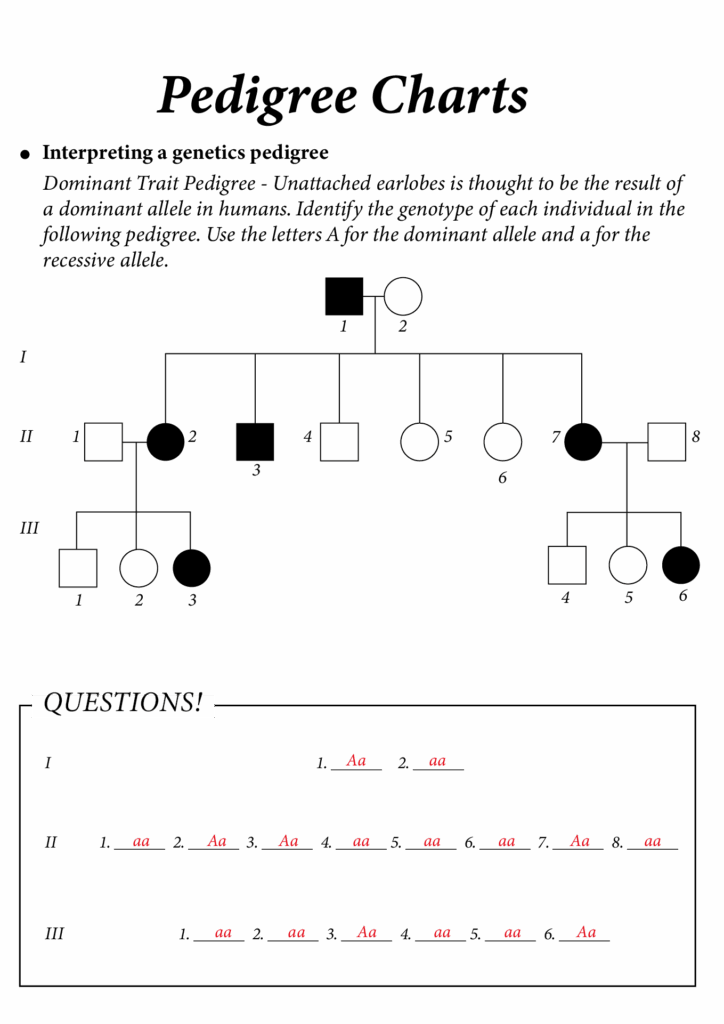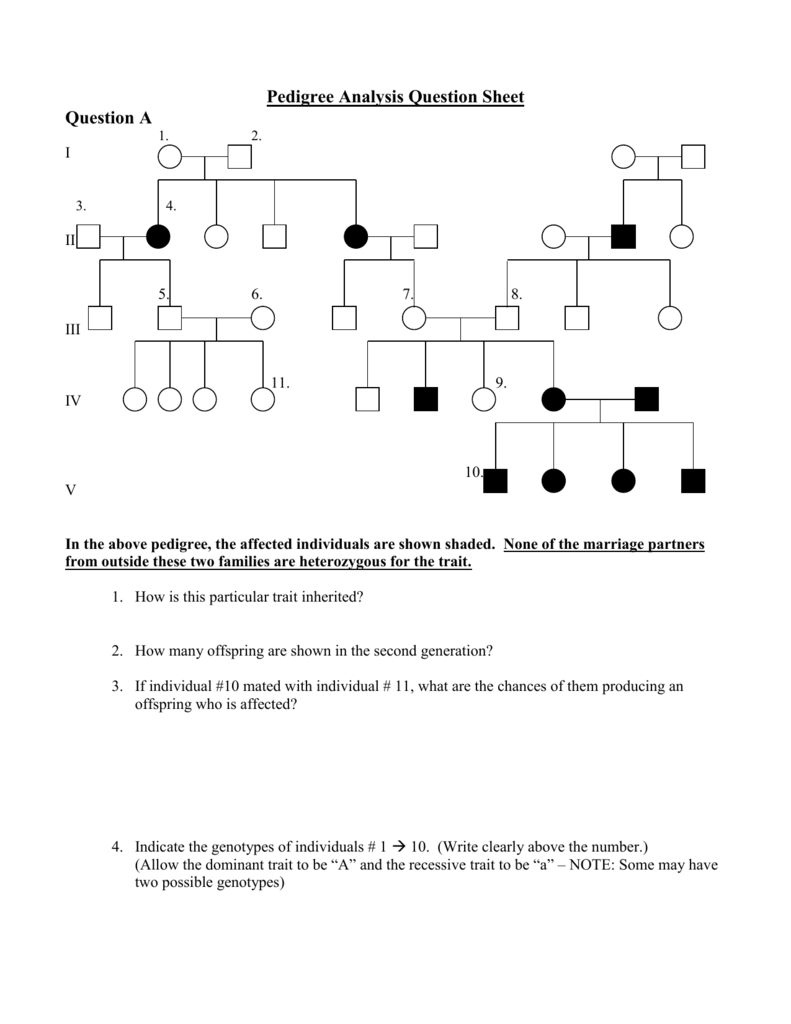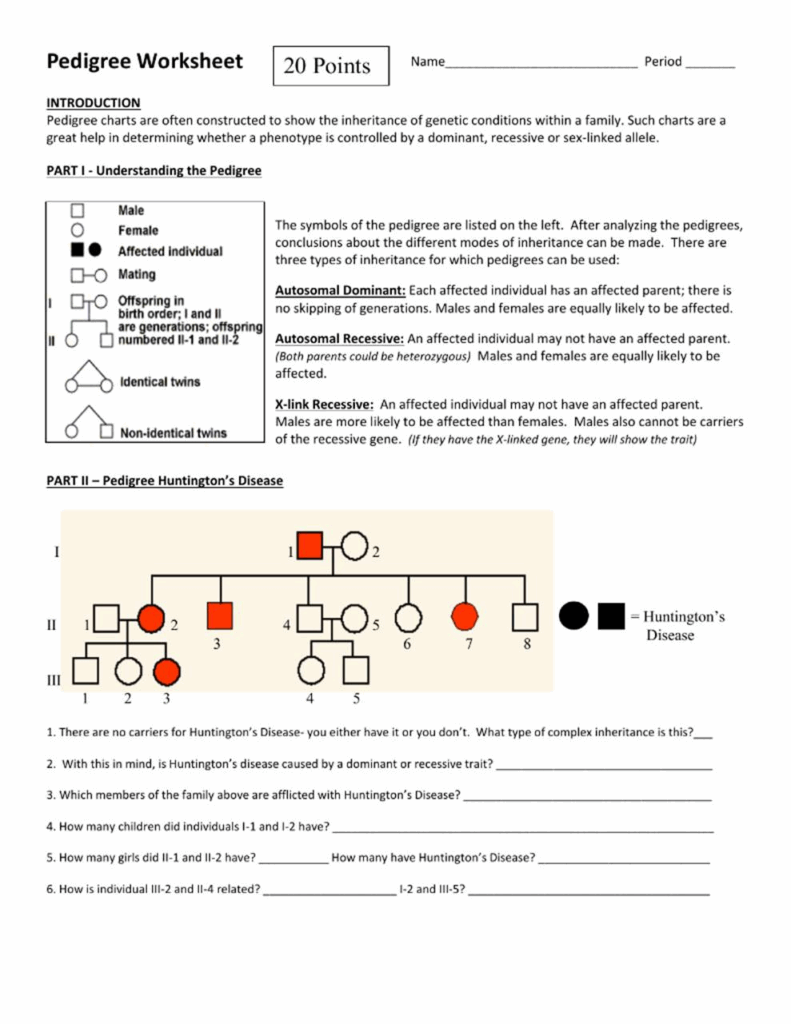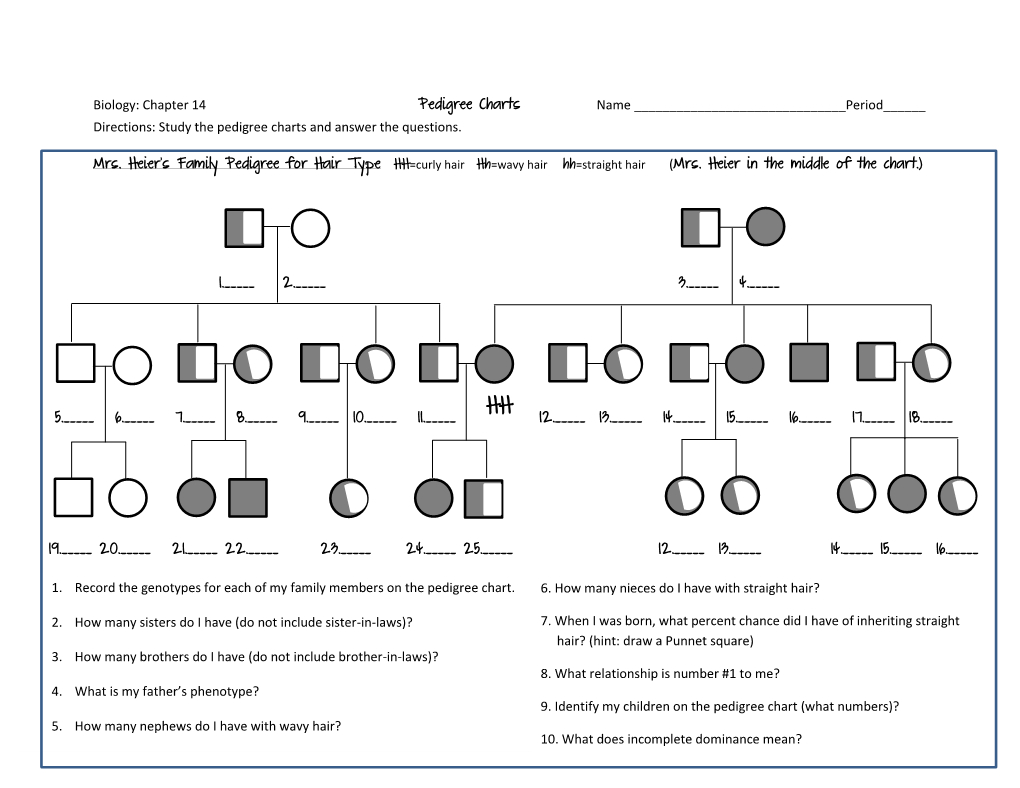When studying genetics, pedigree charts are essential tools used to track the inheritance of traits within a family over multiple generations. Constructed response questions related to pedigree charts are common in biology exams and assessments. These questions require students to analyze the information presented in the chart and draw conclusions about the patterns of inheritance.
One type of constructed response question that may be asked about pedigree charts is to interpret the mode of inheritance of a specific trait. Students may be asked to determine whether a trait is inherited in a dominant, recessive, or sex-linked manner based on the information provided in the pedigree chart. This requires a thorough understanding of genetic principles and the ability to apply them to real-world scenarios.
Pedigree Charts Constructed Response Questions
Strategies for Answering Pedigree Charts Constructed Response Questions
When faced with a constructed response question about pedigree charts, it is important to carefully examine the information presented in the chart. Look for patterns of inheritance, such as the presence of affected individuals in multiple generations or the absence of affected individuals in certain branches of the family tree. Pay attention to any clues provided in the question stem, such as the prevalence of the trait in males versus females.
Next, consider the possible modes of inheritance for the trait in question. Remember that dominant traits are typically seen in every generation, while recessive traits may skip generations. Sex-linked traits are more common in one gender than the other. Use this information to make an educated guess about the mode of inheritance and support your answer with evidence from the pedigree chart. Be sure to explain your reasoning clearly and concisely to earn full credit on the constructed response question.
Practice Makes Perfect
To excel at answering pedigree charts constructed response questions, it is essential to practice analyzing and interpreting pedigree charts regularly. Look for sample questions online or in your biology textbook and work through them systematically. Pay attention to the details in the pedigree chart and practice identifying the mode of inheritance for different traits.
By honing your skills in interpreting pedigree charts, you will become more confident in answering constructed response questions on exams. Remember to approach each question methodically, taking the time to analyze the information provided and formulate a well-supported response. With practice and persistence, you will master pedigree charts and excel in your genetics studies.
Download Pedigree Charts Constructed Response Questions
15 Pedigree Worksheet With Answer Key Free PDF At Worksheeto
Pedigree Analysis Question Sheet
Solved Pedigree Worksheet 20 Points Name Period INTRODUCTION
Pedigree Charts Name Period Directions Study The Pedigree




